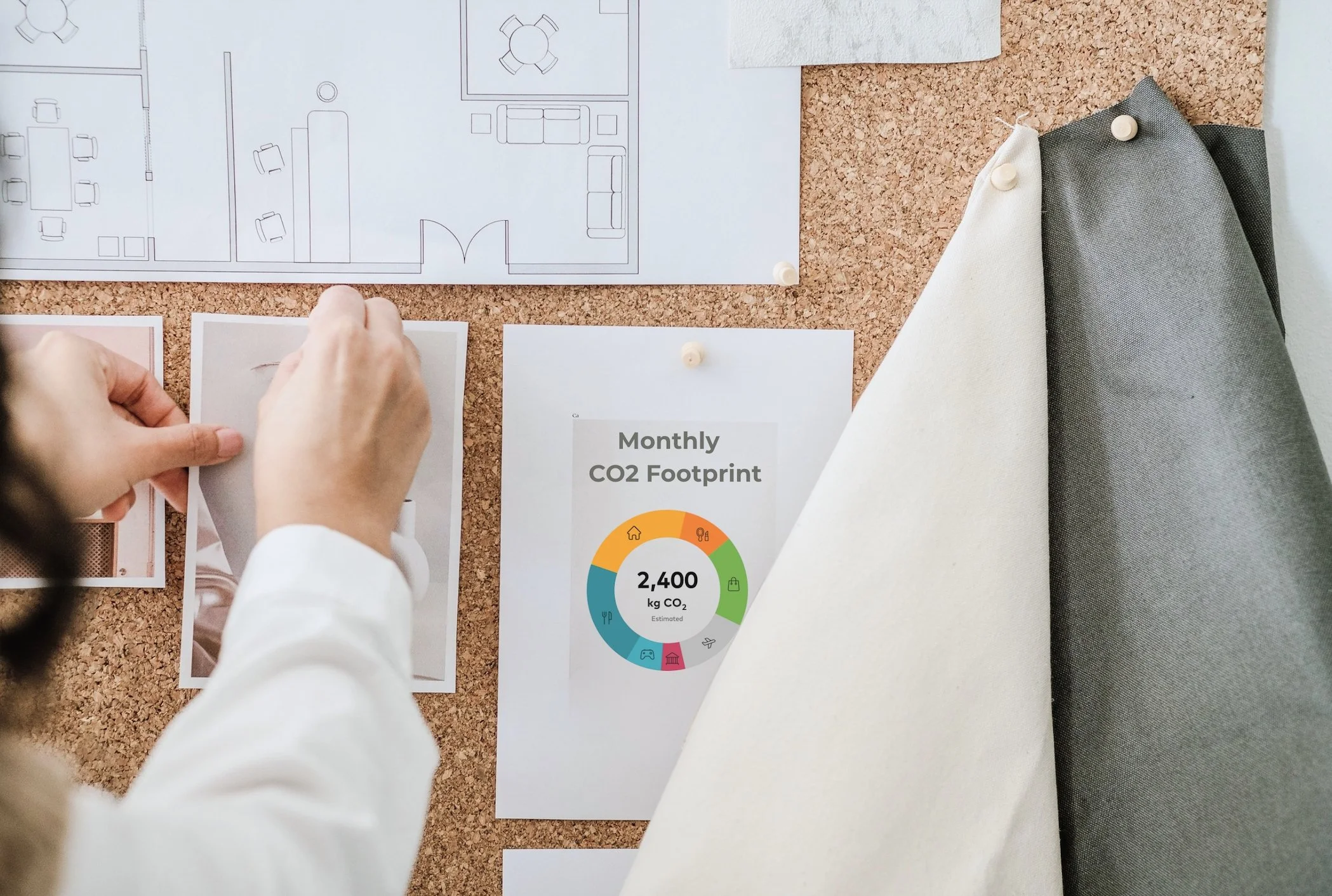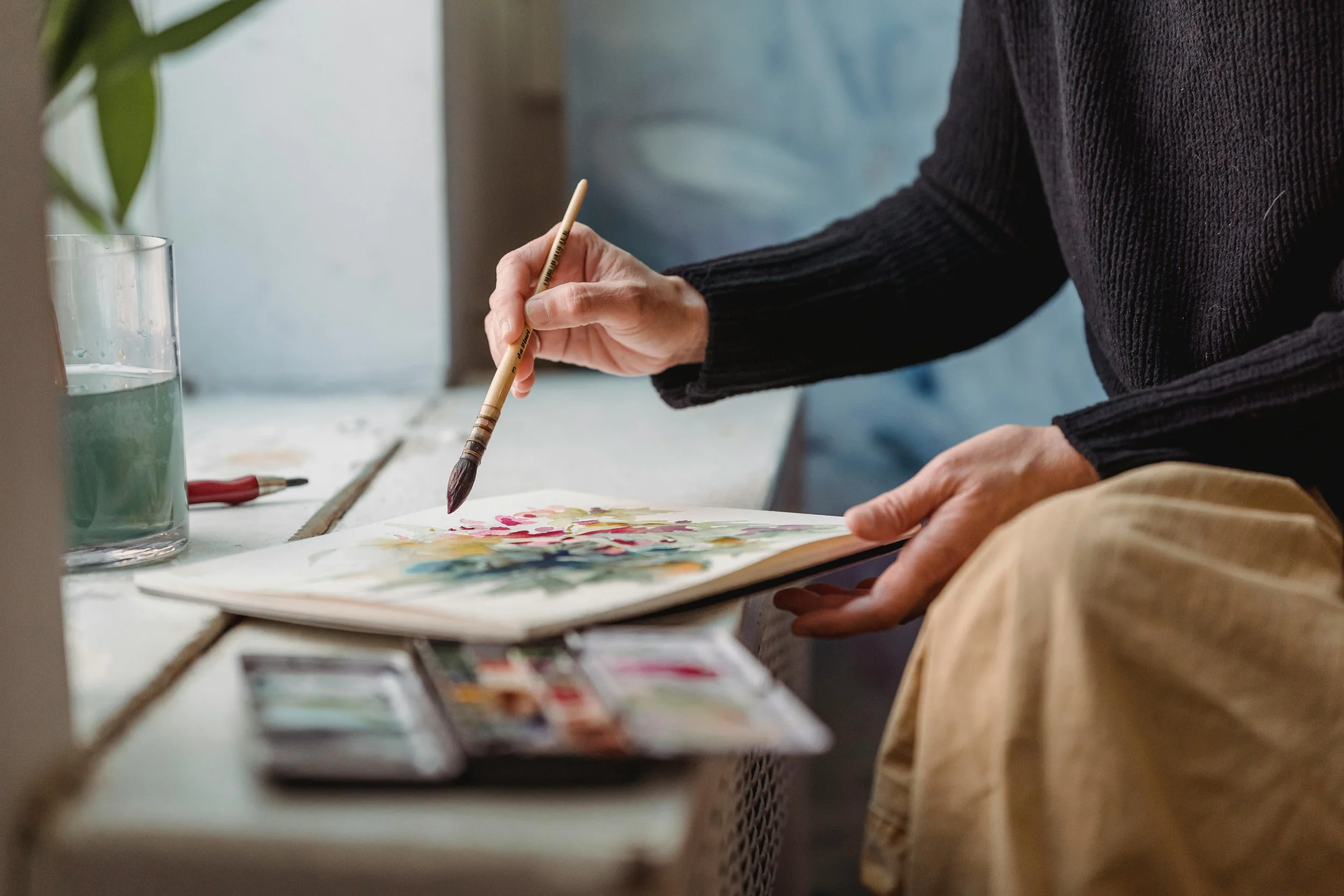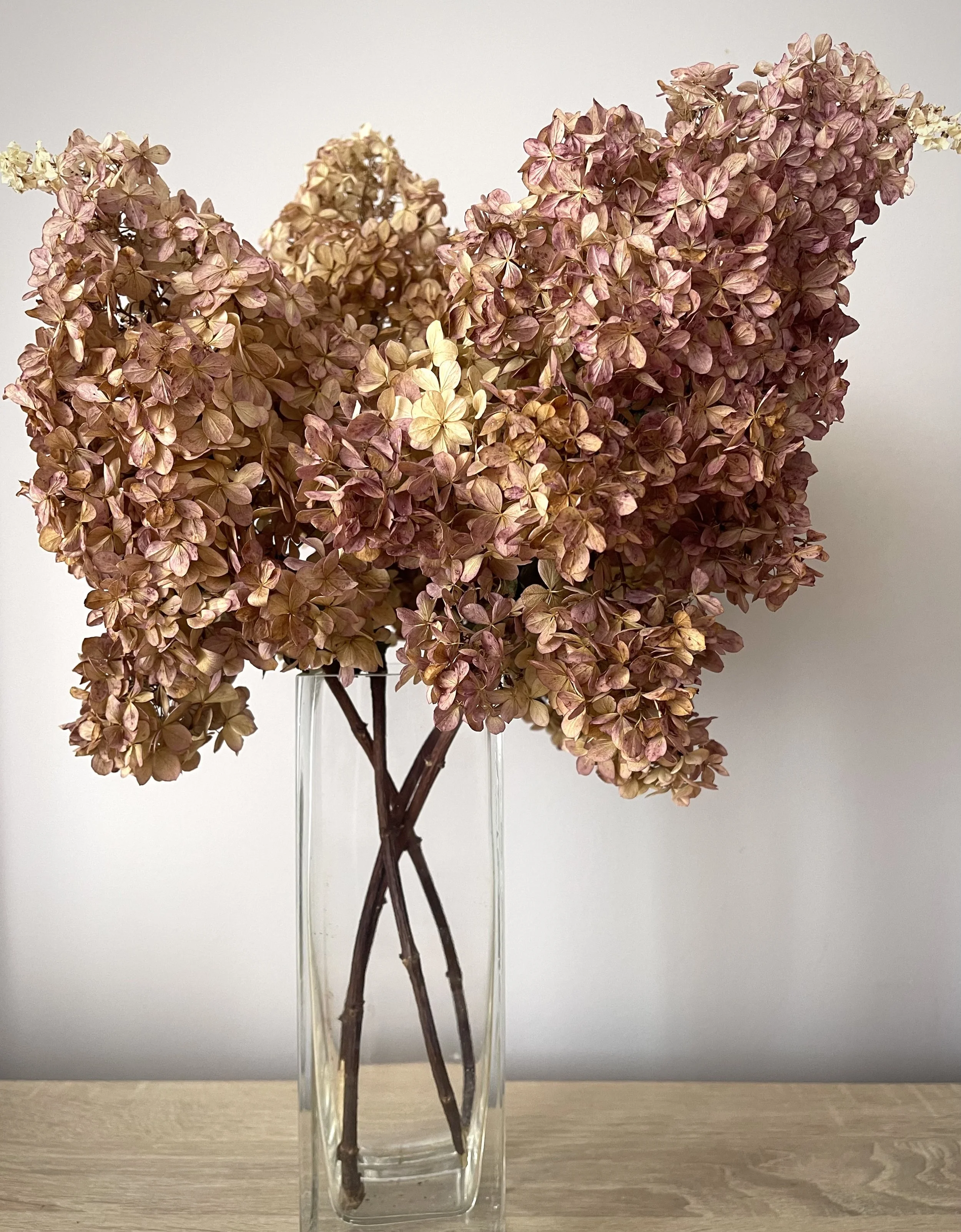
DESIGN JOURNEY
…And How I Created a Sustainable Business
“With a deep love for art and design and passion for sustainability, I was inspired to create a design practice that seamlessly blends beauty with responsibility. Seeing how far behind the industry is on sustainability, I knew there had to be a better way—one that respects our planet while elevating the spaces we call home.
This practice is more than just design; it’s a movement toward eco-conscious living, where we can all learn together to create homes that are both stunning and environmentally kind.”
— Karo, Founder
Importance of Art in Interior Design
Since my early years, I've been captivated by the world of art, where creativity and emotion seamlessly intertwine. Through my artistic journey, I've come to understand the vital role art plays in enriching our lives and shaping interior design. Without art, our homes feel empty, and our minds less creative and inspired. As an artist, I began with monochromatic drawings and progressed to subtle acrylic paintings. Now, I delight in crafting beautiful abstract pieces that captivate and stimulate mind, and can be custom-made to suit any project. I'm also passionate about integrating nature-inspired paintings sourced from “small artists”, that helps fostering a connection between the natural world and interior.
I'm excited to share this passion with you and help you to create spaces that are not only functional and beautiful but deeply inspiring and personal. By sourcing art locally or in-house, you can support environmental practices while enhancing your space with meaningful pieces.
Interior Design
Having relocated to London, I've had the privilege to engage in a diverse array of projects, ranging from constructing sustainable homes for families who prioritise eco-conscious living, to designing apartment interiors in central London for busy professionals who appreciate sustainability. With over 10 years of experience as an interior designer, I've cultivated extensive expertise across various domains, including sustainable lighting design, eco-friendly kitchens and bathrooms, and thoughtfully designed and locally sourced bespoke furniture.
This journey has fuelled my creativity and passion for innovation, driving me to continuously seek new, sustainable design products and suppliers, and refine my skills in eco-conscious interior design.
Sustainable Business
I've always been passionate about sustainable living. Born and raised in a small town where sustainability was integral to our family life, we reused, saved, repaired everything, and even grew our own food. Now, I would love to share my vast knowledge and passion with others.
To do this, I created Karo and Co Interiors, a sustainable interior design practice, where through my expertise in design and passion for art and sustainability, I help people like you create functional and environmentally friendly spaces and discover together new ways to live in a healthy manner that is kinder to your well-being and our big home: the planet.
Join me on this journey to create your beautiful yet sustainable home!
We're Taking Big Steps Toward Sustainability
I’m very excited to share that we are partnering with Footprint and G1B1 on their high-quality carbon reduction projects, and we will be actively reducing our business's environmental impact. and build a more responsible, thoughtful design practice.
Working with us, you'll play a significant role in shaping our business' eco-friendly practices, contributing to a healthier planet and a more sustainable future.
How We’re Making It Happen:
Calculating Our Carbon Footprint
We regularly measure and track our environmental impact to understand where we can reduce emissions across all areas of our business — from materials to deliveries.
Offsetting Emissions with Purpose
We invest in certified, high-quality international carbon reduction projects to offset our emissions and align with global ESG (Environmental, Social & Governance) goals. This helps us neutralise our footprint while supporting meaningful change around the world.
Reducing Energy & Operational Waste
Through thoughtful studio practices, we’re lowering energy use, cutting waste, and making more with less. This includes mindful heating, switching to LED lighting, and choosing low-energy equipment.
Sustainable Daily Habits
Everyday choices matter. We’ve woven sustainability into our daily routine — recycling, , using green products, choosing and working with brands that prioritise sustainability, and rethinking how reduce deliveries.
Sustainable Brands &
Materials Choices
Forest & Fruit Trees
Planting Projects
Monthly Employee Carbon
Offset
Did you know?
-
According to data from the UK Government's Department for Environment, Food & Rural Affairs (DEFRA), the construction, demolition, and excavation sectors industry in the UK collectively generated around 60 million tonnes of waste in England alone in 2018! This accounts for a substantial portion of the total waste produced in the country each year.
To put 60 million tonnes of waste into perspective, the weight of a fully loaded Boeing 747 airplane is around 450 tonnes. Therefore, 60 million tonnes of waste would be equivalent to the weight of approximately 133,333 fully loaded Boeing 747 airplanes!
And guess where most of it will end up?
-
Biophilic design is an approach to architecture and interior design that focuses on bringing natural experiences to the built environment. These experiences have been proven to reduce stress, enhance mood, and improve creativity and productivity. With so much time of our lives spent inside, it’s no wonder more and more people are looking to make biophilic design in their homes or workplace a new standard.
Originating from Greek language, it translates literally as 'love of life'.
-
Yes, furniture, fabrics and carpets can emit gases, a process known as off-gassing. Off-gassing occurs when volatile organic compounds (VOCs) and other chemicals used in the manufacturing process are released into the air over time. Common sources of off-gassing include: adhesives, finishes, flame retardants, and synthetic materials such as foam padding or synthetic fibers. These chemicals can contribute to indoor air pollution and may cause health issues such as: headaches, dizziness, respiratory irritation, and allergic reactions in some individuals.
Ideally to minimise exposure to off-gassing chemicals, choose products that are made from natural or low-emission materials and have been certified as low-VOC or formaldehyde-free.
Additionally, allowing new furniture or carpets to "air out" in a well-ventilated space before bringing them into your home can help reduce off-gassing emissions.
-
Passive House buildings and principles have a long tradition in many parts of the world, but they were forgotten when fossil fuels became abundant and cheap.
In 1883, the super-insulated research ship "Fram" was built. It can actually be considered as the first "Passive House". However, it was only after the oil price crises of 1970 that strategies for energy-efficient solutions really started being developed. Research on zero and low-energy buildings, as well as on an energy-autarchic solar house in Germany, finally led to the first Passive House in Darmstadt Kranichstein in 1991, over 30 years ago…
-
If the answer is yes, then brilliant, you're off to a good start! And did you know that there are over 100 ways to do this?
From the most common practices (you probably guessed!) like installing solar panels, changing halogen bulbs to LED ones, and reducing water usage, to ideas covering almost every aspect of your home!
From building (including passive homes utilising renewable energy like wind turbines, heat recovery systems, and sealing air leaks around windows and doors) to thoughtful purchases of interior products and finishes that also make a big difference (upgrading to Energy Star-rated appliances, low-flow toilets and shower-heads, bamboo flooring, and reclaimed wood furniture), and many more.
Your exterior and garden planning can also support local biodiversity by creating ecosystems for local wildlife.
And finally, ideas considering making changes to your own behavior, such as supporting environmentally responsible companies and brands, practicing mindful consumption, and composting to divert waste from landfills, can have a huge impact!
These are just a few examples from a very long list of how you can make your home more eco-friendly. By implementing these and other sustainable practices, you can reduce your environmental footprint and create a healthier, more sustainable living environment for yourself and future generations!
Would you like to know more than 100 ways to create a sustainable home? Sign up below with your email or send us a message, and we will send you our "Sustainable Interior Design Checklist" for free!
















